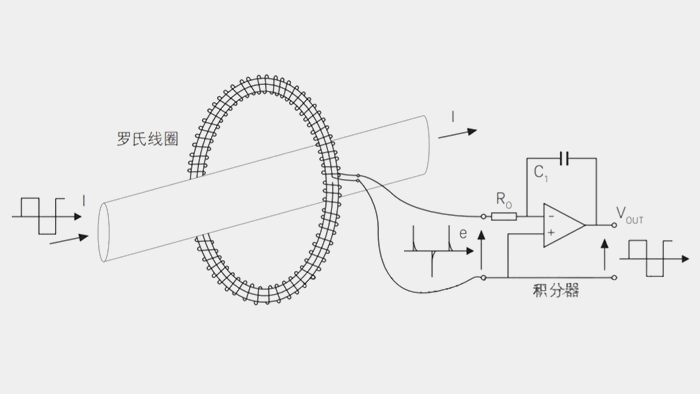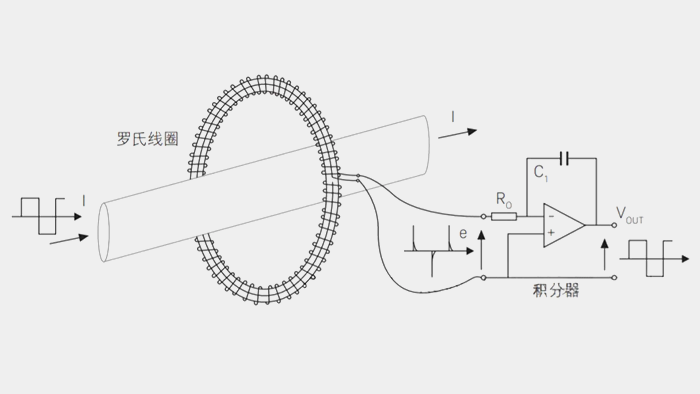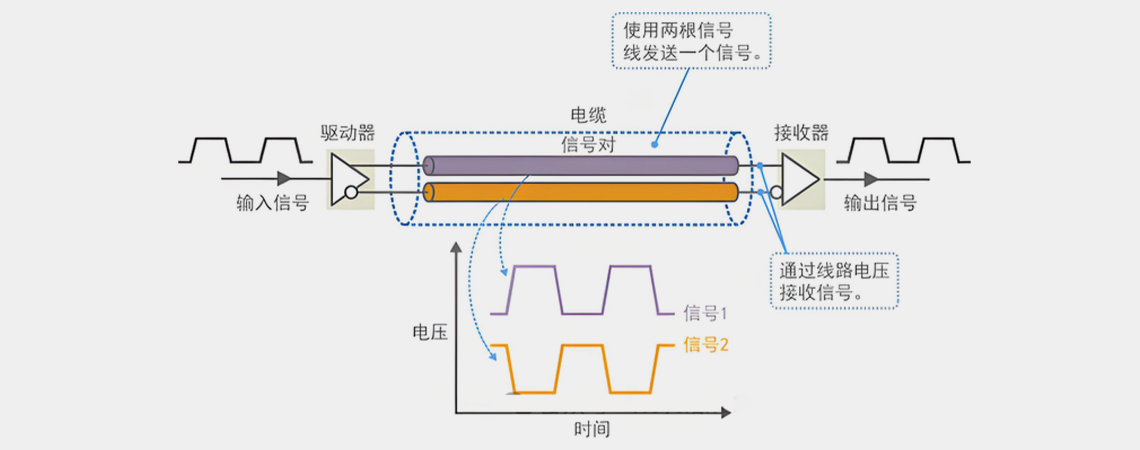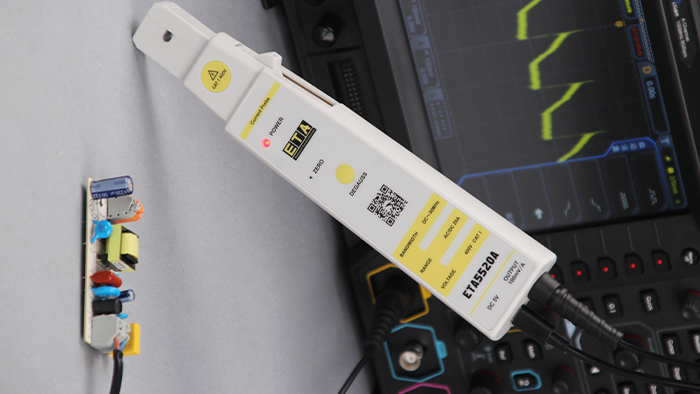The Rohevskij coil, also known as a Rohe coil or a hollow coil, is a flexible sensor with a clamping design. It can be easily fitted onto a current-carrying conductor to measure currents of several thousand amperes without significantly increasing the volume of the transformer. As an electronic current transformer, the Rohevskij coil is suitable for detecting alternating currents, including high-speed transients, pulse currents from power devices, and 50 Hz or 60 Hz power frequency sine currents.
The Rohevskij coil is extremely thin and flexible, which makes it precise and prone to damage during use. Therefore, it requires careful operation to ensure its long-term stable operation.
If flexible measurement of alternating currents of several amperes is needed, the Rohevskij coil current probe is a worthy option.
The measurement principle of the Rohevskij coil
Its operation is based on Faraday's law of electromagnetic induction, which states that the induced electromotive force in a closed loop is proportional to the rate of change of the magnetic flux passing through that loop.
Similar to traditional alternating current transformers, the Rohevskij coil achieves measurement by generating a voltage signal proportional to the current in the primary insulation conductor in the secondary coil. The main difference between the two is the magnetic core structure: the Rohevskij coil uses a hollow design, while conventional current transformers use a high magnetic permeability iron core combined with the secondary winding to achieve magnetic coupling. The hollow magnetic core structure helps to reduce the insertion impedance, resulting in a faster signal response speed and higher voltage linearity.
The coil surrounds the current-carrying conductor in a ring shape. When the conductor passes through an alternating current, the changing magnetic field around it will induce a voltage in the coil. The voltage output by the Rohevskij coil is proportional to the rate of change of the current over time (i.e., the derivative of the current). This voltage signal is then processed by an integrating circuit, ultimately resulting in an output voltage proportional to the input current signal.










